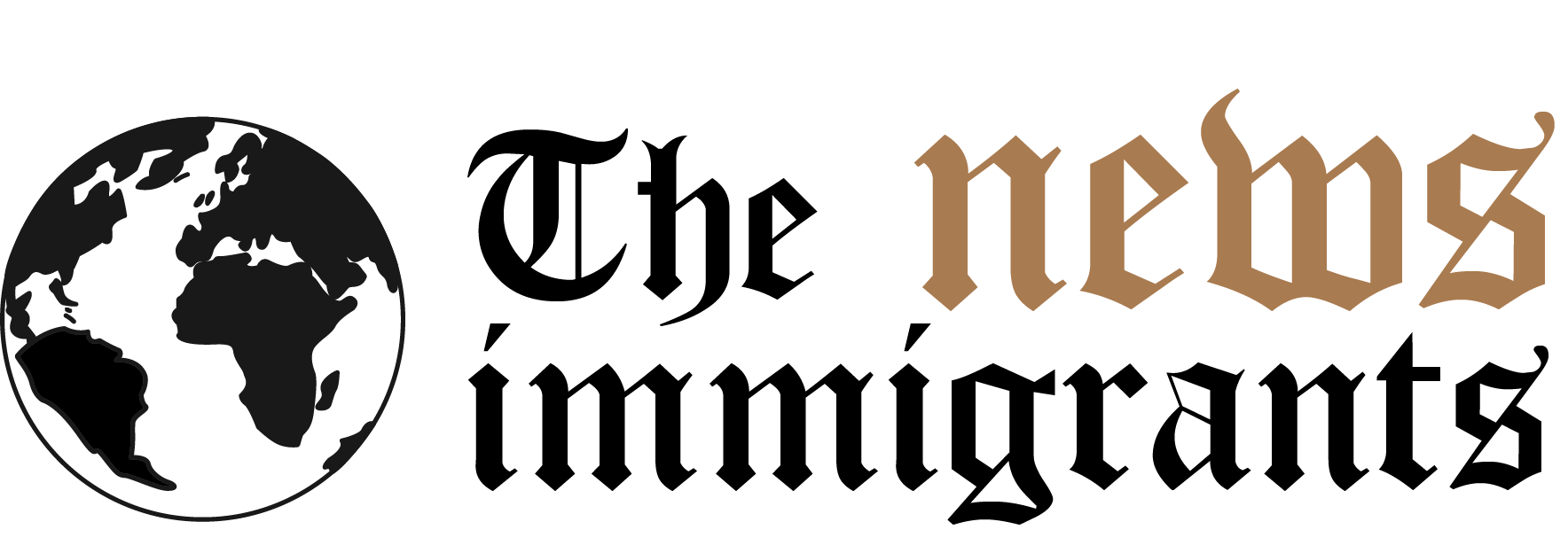Introduction
EDI in higher education in Canada and the U.S. is a story of two nations sharing common values but following vastly different paths. Both countries recognize the essential role that equity, diversity, and inclusion play in shaping the future of universities. But while Canada leans into institutional and Indigenous frameworks, the United States is seeing its DEI efforts tested in the heat of politics, protests, and cultural pushback.
So how do these two neighboring powers tackle EDI—and what can we learn from the contrast?
Key Takeaways
- Canada’s EDI in higher education emphasizes faculty diversity and Indigenous reconciliation.
- The U.S. model focuses more on student diversity, with growing political resistance.
- Cluster hiring and staff representation are core strategies in Canadian universities.
- U.S. DEI initiatives face legal threats and funding risks, especially after recent protests.
- The private sector influences EDI practices in both countries but with differing impacts.
Canada’s EDI Model: Institutional, Pragmatic, Inclusive
In Canada, universities have been working to institutionalize EDI across hiring, curriculum, and governance.
🔹 Focus on Faculty, Not Just Students
- While student bodies are already racially diverse, the underrepresentation of racialized faculty has become a focus.
- Canadian universities use cluster hiring to recruit professors from underrepresented backgrounds in groups, fostering community and support.
🔹 Indigenous Reconciliation at the Core
- EDI isn’t just about race and gender—it’s deeply tied to acknowledging Indigenous history and sovereignty.
- Frameworks like the Truth and Reconciliation Commission’s Calls to Action are being implemented in post-secondary institutions.
🔹 A Calm Political Climate
- Unlike the U.S., Canada’s political environment has been relatively supportive of EDI efforts in education—so far.
The U.S. Approach: Turbulence Meets Good Intentions
In the United States, DEI has become both a moral necessity and a political battlefield.
🔸 Student Diversity as the Primary Metric
- American universities have long centered DEI on student admissions and representation.
- Affirmative action, scholarships for minorities, and student support centers are central tools.
🔸 Political Resistance and Legal Challenges
- DEI initiatives are under fire in several states—especially in Republican-led legislatures.
- Columbia University, for example, nearly lost $400 million in federal funding over its handling of campus protests and antisemitism concerns, triggering nationwide panic about compliance and funding.
🔸 A ‘Chilling Effect’ Across Campuses
- As lawsuits and investigations mount, some schools are cutting DEI staff or rebranding programs under less politicized labels.
- There’s fear that even well-meaning efforts might be misunderstood or weaponized.
Corporate Influence: Business and Academia in Parallel
Despite their differences, both countries share one thing in common: corporate influence on EDI.
📈 In Canada:
- Private-sector initiatives have set a precedent. Companies like RBC and Shopify have long embraced diverse hiring, inclusion training, and leadership accountability, prompting universities to follow suit.
📉 In the U.S.:
- Tech giants like Google and Microsoft champion DEI, but even they’ve faced pushback and internal controversy over racial equity programs.
- As politics bleeds into corporate culture, universities are navigating uncertain waters.
Lessons Learned: Two Models, One Goal
🇨🇦 Canada’s model shows how EDI can be woven into institutional fabric through policy, reconciliation, and strategic hiring.
🇺🇸 The U.S. experience reveals the fragility of DEI in the face of political polarization and legal pressure.
The lesson? Intent isn’t enough. EDI must be backed by structure, strategy, and resilience.
Conclusion: EDI at a Crossroads—Caution and Courage Needed
As both nations strive to make education more inclusive, their diverging strategies reflect deeper societal realities.
Canada’s EDI journey is grounded in collective responsibility, while the U.S. must navigate ideological fault lines. In both cases, the mission remains the same: building learning environments where every voice is valued and every barrier is questioned.
But moving forward, these systems must choose between symbolic gestures or structural change—because without action, equity is just a word.
#Canada #US #HigherEducation #EDI #Diversity #Inclusion
Sources:
- How Canada and the U.S. Approach EDI in Higher Education
- The DEI Catch-22 – The Atlantic
- Research Money: Chill Creeps into U.S. EDI Initiatives










